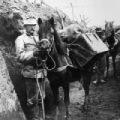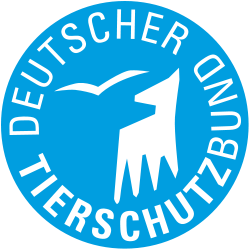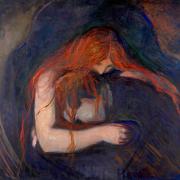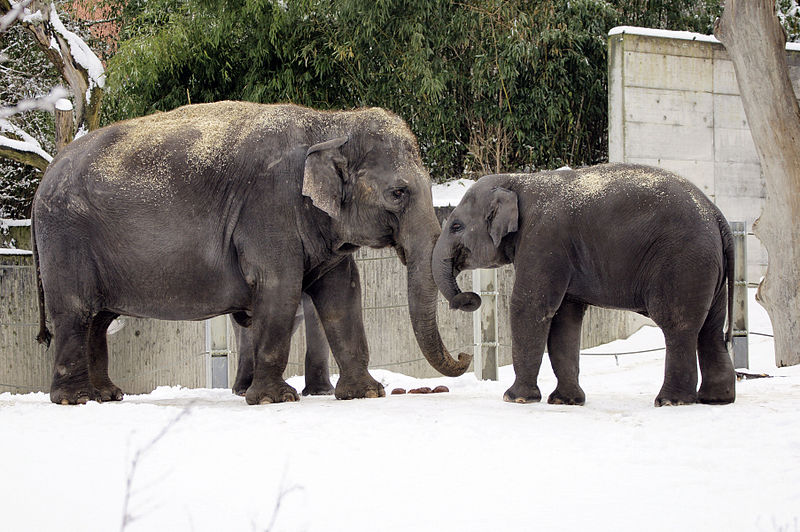The Animals in Our Lives
Many of us will have beloved pets, but what about animals who work for a living? Farm, service and zoo animals, for example, all have specific roles to do - from providing labour, learning opportunities and entertainment to providing invaluable help in emergency situations.
Click on the image below to see a video of swimming elephants at the Zürich Zoo, where visitors can observe 370 difference species of animal in spaces designed to resemble their natural habitats. Visiting a zoo gives you the opportunity to 'travel' to continents far away, via the medium of their animals, without leaving your home country! They are, of course, also the subject of debates ranging around topics as diverse as animal welfare and species conservation.
The success of Michael Morpurgo's War Horse has also ignited interest in the role played by animals in times of conflict. During the First World War, for example, horses provided an invaluable source of transportation of people, materials and resources as well as, undoubtedly, moral support.

The humble pigeon also notably facilitated communication during the Siege of Paris in the Franco-Prussian War of 1870-71 and the First World War where normal lines of correspondence had been destroyed or were liable to be intercepted.
Animal Protection - Animal Testing
Our relationship with animals can lead to ethical debate about our treatment of them. Charities in German-speaking countries such as the Tierschutzbund spread awareness and mount campaigns to, variously, improve living conditions for farm animals, encourage open-mindedness towards more animal-friendly lifestyles such as veganism and help neglected domestic or street animals.
 |
Meanwhile, Tierversuche, or experimentation on animals to advance scientific research in, for example, the beauty industry, remains a lively locus of discussion. Weleda, a cosmetics and health company founded in Switzerland in 1921 by Ita Wegman and Austrian national Rudolf Steiner, does not test any of its ingredients on animals. Similarly, the German cosmetics giant Nivea has pledged to significantly and steadily reduce its reliance on animal testing, instead opting for alternatives such as in-vitro techniques. Currently, products produced by its organisation Beiersdorf will not have been tested on animals, while the same cannot be said for those produced in countries where animal testing is a legal requirement.
Monsters
What is a monster? Would we always recognise them if we saw them, and do they only exist in fairy tales? The concept of monster pushes the boundaries of our imaginations to create all kinds of not-quite-human figures which make us confront the roots of our fears, show us new ways of being, and create bridges between different worlds. From the scheming wolf in Rotkäppchen to the witch in Hänsel und Gretel, monsters confront our reluctance to approach the unstable and unpredictable. German folklore has featured variations of the monstrous such as the concept of Ungeheuer, Werwolf and Wechselkind (changeling), and protections against monstrous threat such as Wolfssegen which often involve mythical or religious notions of evil or a devil figure.
Many artists from German-speaking countries have used the monstrous in their work, among them Edvard Munch with his Love and Pain (Vampire) (1895), Wilhelm Trübner's Medusenhaupt and Franz von Stuck's Medusa (1892).
 |
|
Edvard Munch, Liebe und Schmerz (Vampir) (1895) |



